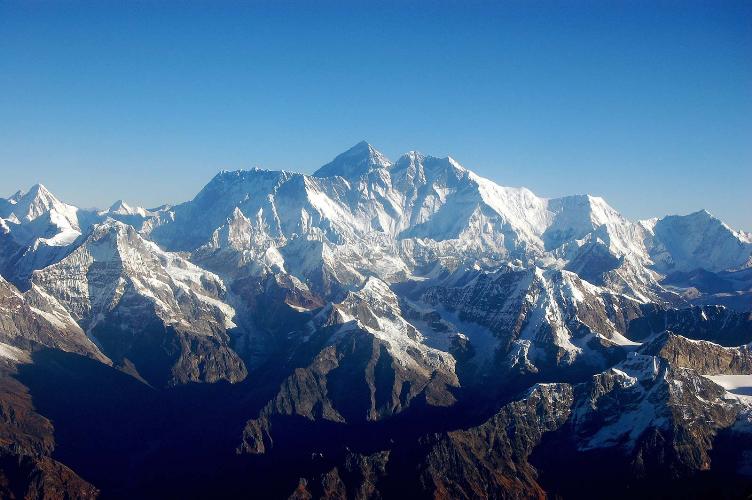Nepal imposes strict Mt. Everest climbing rules: 7,000-meter peak ascent, health checks mandatory

KATHMANDU: Nepal has introduced stringent regulations for climbing Mount Everest, requiring climbers to summit a 7,000-meter peak in Nepal and pass rigorous health checks before receiving permits. The new rules, outlined in the Tourism Bill 2081 (2024) registered in the National Assembly, aim to enhance safety, reduce overcrowding, and ensure only qualified climbers attempt the world’s highest peak. The bill, set to replace the 1978 Tourism Act, responds to global criticism of lax permitting practices on Everest.
Under the new law, climbers must provide documented proof of summiting a Nepali peak above 7,000 meters—such as Annapurna, Dhaulagiri, or Manaslu—to qualify for an Everest climbing permit. This measure targets inexperienced climbers, addressing concerns about fatalities and congestion on the 8,848.86-meter summit. In 2024, Nepal issued over 400 Everest permits, sparking debates over safety and environmental impact.
Mandatory Health Certifications
The bill mandates comprehensive health screenings for all expedition members, including climbers, sherpas, guides, liaison officers, and support staff. A health certificate, issued within the past month by a government-recognized medical institution, is now required. Climbers with unsatisfactory health conditions will be barred from expeditions, a move aimed at reducing risks in the high-altitude “death zone.”
Regulating Himalayan Adventure Tourism
The legislation extends oversight to Himalayan adventure tourism, requiring permits for activities like paragliding, skydiving, heli-skiing, and ultralight flights from Himalayan peaks. These activities, growing in popularity, will now need approval from the Tourism Ministry or designated bodies to ensure safety and environmental compliance.
Strict Expedition Rules
The bill introduces non-refunded fees for expeditions that fail to climb in the permitted year, though extensions may be granted in exceptional cases. Climbing teams must adhere to designated routes, reinforcing Nepal’s commitment to sustainable mountaineering practices.
Global Implications
The new regulations position Nepal as a leader in responsible mountaineering, addressing global concerns about Everest’s commercialization. With climbing fatalities rising—12 deaths were reported in 2023—the rules aim to prioritize safety and sustainability. The move could influence other Himalayan nations like India and Bhutan to adopt similar measures.
While the regulations are lauded for enhancing safety, they may deter novice climbers and impact Nepal’s tourism revenue, which relies heavily on Everest expeditions. The mandatory 7,000-meter ascent could also strain Nepal’s climbing infrastructure, as peaks like Lhotse and Makalu see increased traffic. Operators and sherpas, however, welcome the health checks, citing reduced risks for support teams.
As Nepal prepares for the 2025 climbing season, the Tourism Bill 2081 signals a transformative shift in Everest mountaineering, balancing adventure with accountability. Climbers worldwide are now on notice: summiting Everest requires proven experience, robust health, and strict adherence to Nepal’s new standards.













Facebook Comment